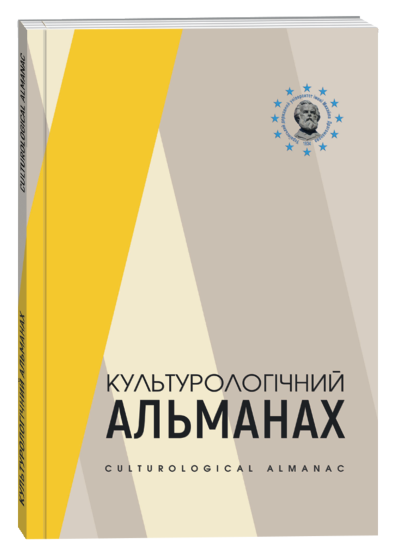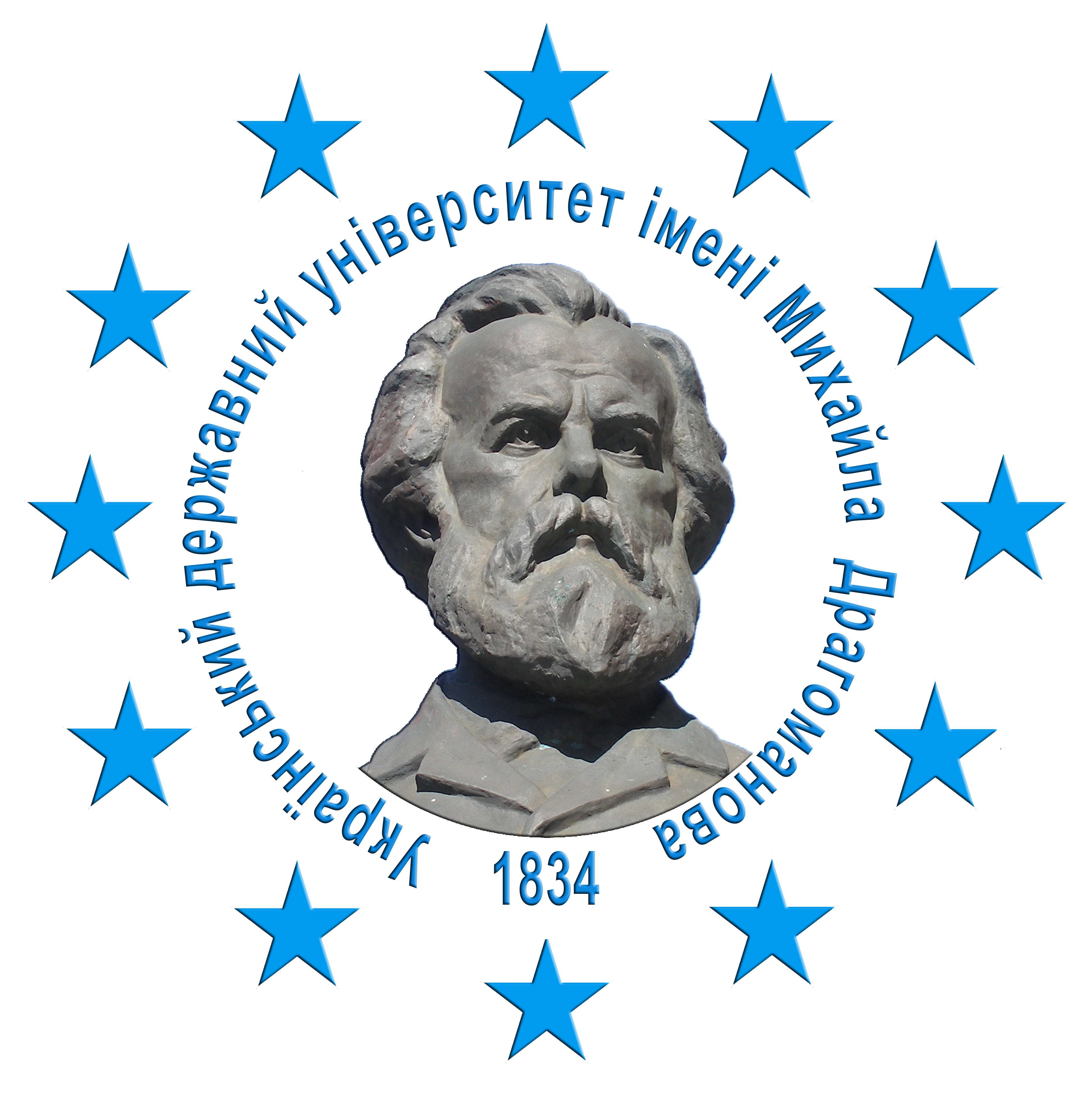WAR AS A STRUCTURAL ELEMENT OF NATIONAL IDENTITY: PERSPECTIVES FROM UKRAINE AND JAPAN
DOI:
https://doi.org/10.31392/cult.alm.2025.3.17Keywords:
war, national identity, forgetting, culture, narratives, imagined communities, Russo-Ukrainian War, Ukraine, JapanAbstract
This article examines war as a structural element of national identity through the cases of Ukraine and Japan. It argues that, despite the countries’ contrasting sociocultural and wartime experiences, war consistently emerges as a profound factor in shaping national self-consciousness. Methodologically, the study combines comparativetheoretical analysis with the use of semi-structured expert interviews (October 2023 – February 2024) conducted with representatives of the religious and academic spheres in both countries, which served as a heuristic source for interpretation. The theoretical framework combines Benedict Anderson’s concept of the “imagined community” and Jan Assmann’s notion of cultural memory as a factor in the temporal continuity of national identity with studies of the role of war in nation-building (P. Fennell, D. Black, J. Hutchinson). In the Ukrainian context, war acts as an active and visible constructor of collective experience that shapes national identity. This manifests itself in official and unofficial memorials, everyday acts of commemoration, largescale volunteer initiatives, and so on. Under different historical circumstances, war envelops nations in distinct ways. In particular, the Japanese case illustrates the opposite mechanism–a regime of structural amnesia and selective forgetting following defeat in the Second World War. Occupation policies, the adoption of a pacifist constitution, and the memorialization of the victims of the atomic bombings have produced a victim-narrative and affirmed the value of peace. The erasure of the aggressive dimension of history became a strategy for constructing a new national identity that emphasizes pacifism and victimhood. The results of this study demonstrate that war, as a structural factor of national identity, can operate simultaneously in two modes–active and passive–yet in any case remains present “behind the scenes” of each nation’s unique cultural code. Whether through active heroization of memory or through strategic forgetting, war embeds in the collective consciousness those values, rituals, and notions of belonging to the community without which long-term unity would be impossible. This approach allows us to view war not merely as a historical episode but as a constant, dynamic factor that shapes and transforms national identities.
References
Anderson, B. (2006). Imagined communities: Reflections on the origin and spread of nationalism (3rd ed.) [Originally published 1983]. Verso.
Assmann, J. (2011). Communicative and cultural memory. In P. Meusburger, M. Heffernan, & E. Wunder (Eds.), Cultural memories, knowledge and space (Vol. 4, pp. 15–27). Springer. https://doi.org/10.1007/978-90-481-8945-8_2
Barnes, J. A. (1990). Postscript: Structural amnesia [Originally published 1947]. In Models and interpretations: Selected essays (pp. 227–228). Cambridge University Press. https://doi.org/10.1017/CBO9780511521003.016
Benedict, R. (1989). The Chrysanthemum and the sword: Patterns of Japanese culture. Houghton Mifflin Harcourt Company.
Black, J. (2004). Rethinking military history. Routledge.
Cancio, R., Kuptsevych-Timmer, A., & Omori, M. (2018). Perpetual war with the brother nation: An analysis of Ukrainian veterans, cultural identity and historical trauma. Journal of War & Culture Studies, 13(3), 219–236. https://doi.org/10.1080/17526272.2018.1558536
Drozdzewski, D., Waterton, E., & Sumartojo, S. (2019). Cultural memory and identity in the context of war: Experiential, place-based and political concerns. International Review of the Red Cross, 101(910), 251–272. https://doi.org/10.1017/S1816383119000110
Finney, P. (2011). Remembering the road to World War Two: International history, national identity, collective memory. Routledge.
Hutchinson, J. (2017). Nationalism and war. Oxford University Press. https://doi.org/10.1093/acprof:oso/9780198798453.001.0001
Hutchinson, J. (2025). Thor’s hammer: How warfare enables and disables nation formation. Nations and Nationalism, 31(2), 293–308. https://doi.org/10.1111/nana.13010
Nakano, K. (2018). History, politics, and identity in Japan. In K. Clements (Ed.), Identity, trust, and reconciliation in East Asia: Dealing with painful history to create a peaceful present (Rethinking Peace and Conflict Studies, pp. 201–222). Palgrave Macmillan. https://doi.org/10.1007/978-3-319-54897-5_9
Rijnoveanu, C. S. (2023). Military history and collective identity. In A. M. Sookermany (Ed.), Handbook of Military Sciences (pp. 1–20). Springer. https://doi.org/10.1007/978-3-030-02866-4_92-1
Yoneyama, L. (1999). Hiroshima Traces: Time, Space, and the Dialectics of Memory (1st ed.). University of California Press.









